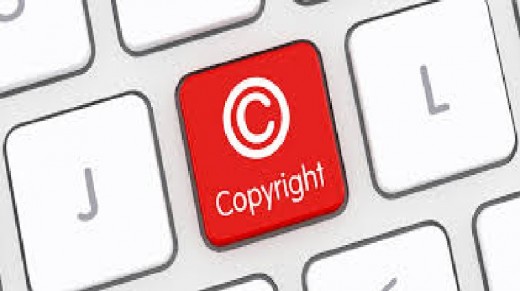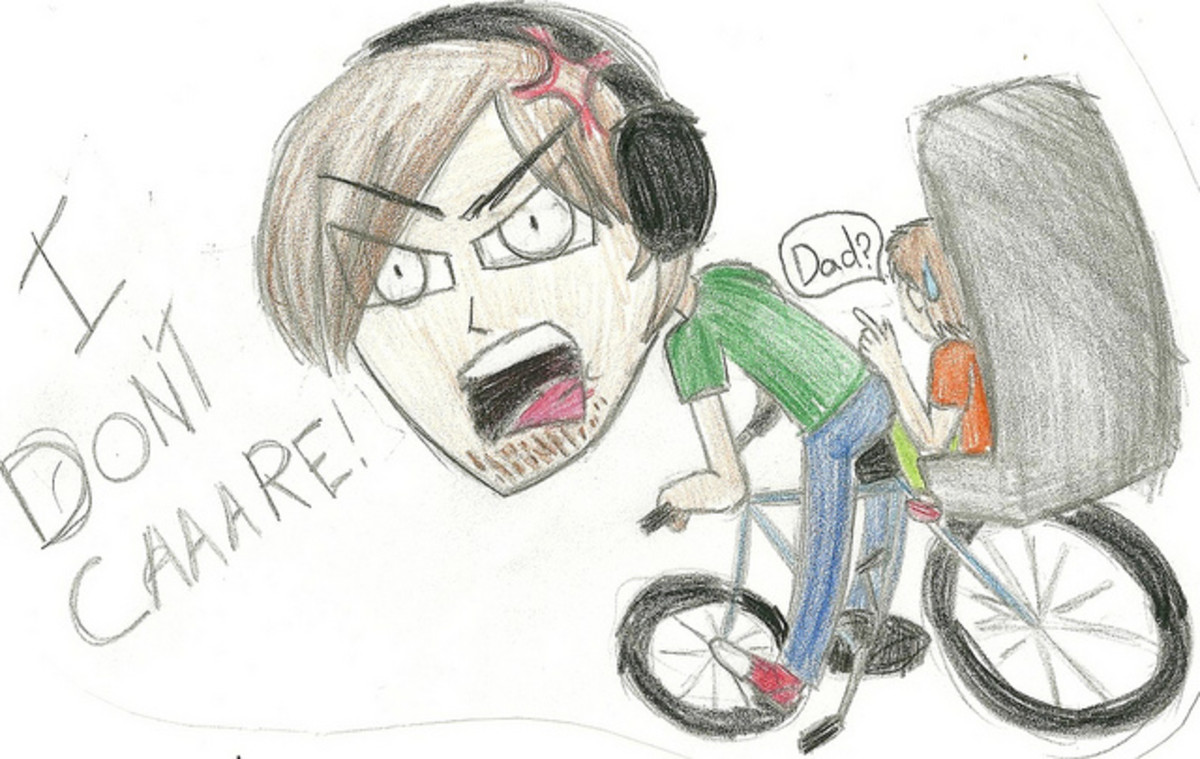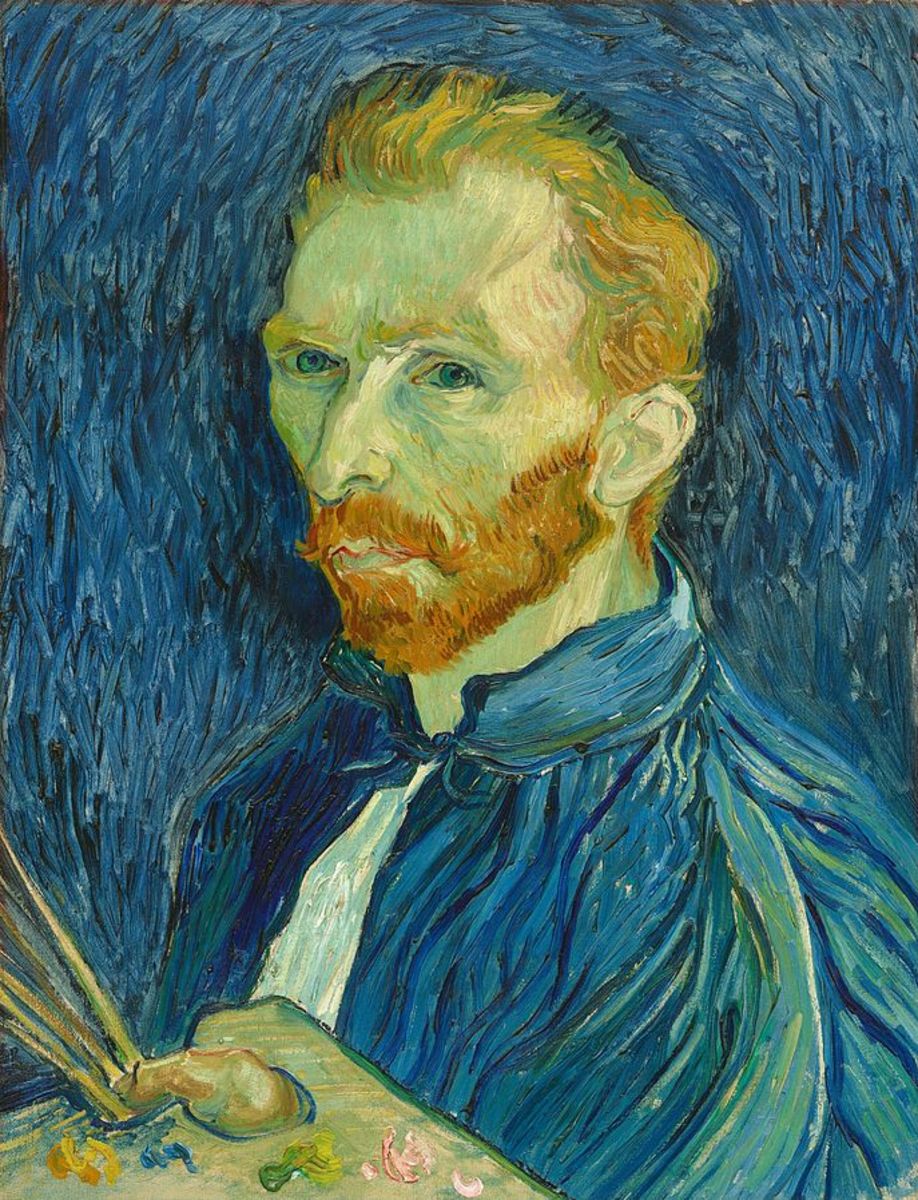- HubPages»
- Technology»
- Internet & the Web»
- Internet Trends & Culture
YouTube’s Fair Use Policy

In this era, technology is constantly changing, so the internet is a key place for self-searching, which is unfortunately a place for digital intellectual property fraud. Since YouTube is the top video site of this century, it has recognized intellectual property fraud and has worked accurately to enforce appropriate laws and regulations to keep up with changing digital copyright issues. In this article, I will discuss how YouTube uses fair use, content ID and proper and appropriate digital rights processing within the company and the impacts and rewards for participating addicts.
The United States has created its copyright law based on the principle of "fair use". This means that, in some cases, according to American judges (YouTube, "What is the fair use"), copyright is acceptable in the use of education, scholarship, research, criticism, comment and news reporting. There are four factors to determine if usage is fair or inappropriate, YouTube follows this policy. These factors include: the nature of the purpose and use, the nature of the copyright work, the quantity and substance of the part, and the impact on the potential market or value of copyright work (YouTube, "What is the fair use"). The purpose and characteristics of the use are discussed whether it is beneficial or charitable. Judge will naturally know whether the use is interchangeable, which means whether it contains fresh content, the importance of the original, or whether it is completely duplicate with the origin. The nature of the copyrighted work is based on the assessment of the content of most actual works, they are more likely to be fair than the use of fictional works. The quantity and substance used by this part is related to the copyrighted work. Borrowing a small part of the material from the original work is considered to be fair use compared to borrowing more work. However, in some cases a small amount of lending also opposes fair use if it constitutes information about work or "heart". . Using a potential market or value of a copyrighted work, the use of the copyright owner takes advantage of its original work. These examples are more likely to be improper use. In court, copying or mixing occasionally is an exception (YouTube, "What is the fair use").
On intellectual property issues, copyright users use Content ID to track their individual online content. When YouTube enters their videos on a site, they automatically scan for content misconduct compared to all other posts. Based on user policy choices for their video, if Content ID detects intellectual property fraud, then that particular strategy will be implemented for that work (YouTube, "How Content ID Works"). Monetization, Blocking, and Tracking There are three copyright policies that users can choose on YouTube. The deprecation policy focuses on ads that users have not posted before, before or above the video, so the owner can apply the currency protocol. If the video owner selects a blocked policy, then the video can cause audio dissociation, or the video may not be viewable on the website, they can also control the country where fraudulent videos are allowed. It is considered internal. This means that when you cannot listen to or watch a video, people in other locations (YouTube, "Content ID How It Works") may be able to. The tracking policy does not physically affect your video, but all information including statistics is displayed in the original owner account (YouTube, "Content ID How it Works"). YouTube gives users the opportunity to fight against these policies if they think they are fake (YouTube, "How Content ID Works").
YouTube handles appropriate penalties while dealing with copyright infringers For example, if one of your videos has been removed for copyright infringement, your account will receive a strike. According to the guidelines, if there are three strikes in your account, it will be immediately suspended. If there are videos in the account that are tracked, then your video will not be affected, but the video owner has the right to track ratings via data, which are accessible through their YouTube Analytics account. Any statement that you considered inaccurate can be directly argued from this page (YouTube, "How Copyright Notice Affects Your Video"). If your YouTube channel does not have Community Guide Strikes, Copyright Issues, and Global Videos, which are blocked by Content ID, then your channel will be honored. If your account is in good standing and there is no penalty, you will gain access to certain features and programs. Some awards include: Video programming, custom video thumbnails and YouTube Live (YouTube, "Keep your YouTube account in good standing"). If the track record of the YouTube account is not good, then any strike may have serious consequences for your channel, which could harm your account situation. There are several ways to get a good account eligibility based on the violation. If the user has a Community Guide Strike, they can appeal to the strike or wait for the strike to be completed, provided you have not received a second strike within six months. If you get a copyright strike, you can choose: wait six months, ask the person who claims your video to cancel your claim until it's over, and in the end You receive a counter-notification (YouTube, "How Copyright Claims Can Affect Your Video").
With the development of technology and the continued development of the World Wide Web, video-based websites are getting more and more popular, and the network is growing. As we've found, YouTube recognizes it by using fair access, content ID, penalties and rewards to deal with intellectual property misconduct, and follows a very strict but fair copyright policy. The United States builds its royalty fees on the basis of "fair use" theory and adheres to four factors to determine if the situation applies, Content ID allows YouTube members to track their original video Does that have any activities and copyright on YouTube that are relevant to them; YouTube is punished and rewarded for dealing with copyright crimes within the company. Technology will continue to evolve and YouTube will work with many other video-based sites to improve and change their policies in the future.
© 2018 Irfanul Islam





